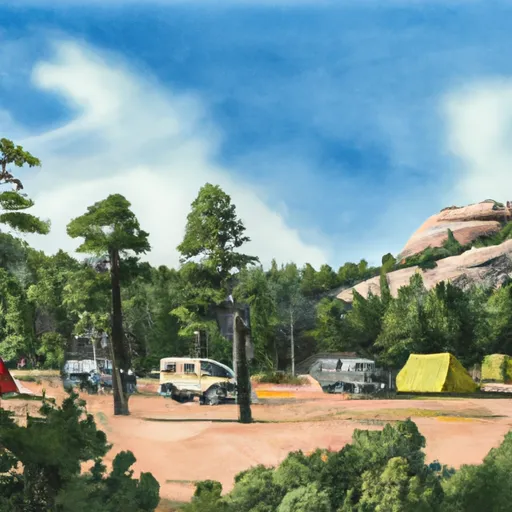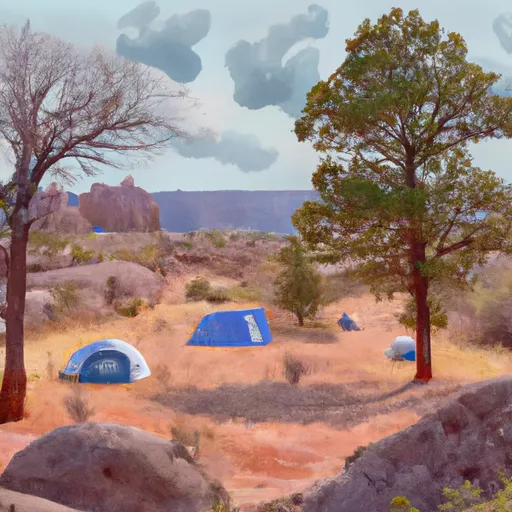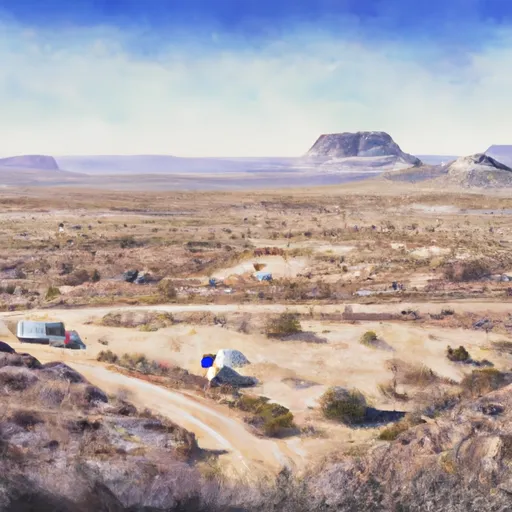Wilderness Strawberry Crater
Rate this placeLast Updated: January 2, 2026
The Wilderness Strawberry Crater is a remarkable destination located in the state of Arizona, known for its scenic beauty, unique geological formations, and diverse wildlife.
°F
°F
mph
Wind
%
Humidity
Summary
There are several compelling reasons to visit this area, as it offers an array of activities and points of interest for outdoor enthusiasts and nature lovers.
One specific point of interest in the Wilderness Strawberry Crater is the Strawberry Crater Wilderness Area itself. This wilderness area covers approximately 26,000 acres and is characterized by its volcanic landscape, featuring the Strawberry Crater, a cinder cone volcano that erupted around 700,000 years ago. This volcanic formation provides an excellent opportunity for hiking and exploration, with trails leading to the crater's rim and through lava fields. The contrasting colors and textures of the lava and surrounding vegetation create a visually stunning landscape.
Moreover, the area is home to diverse wildlife, including elk, mule deer, coyotes, and various bird species. Wildlife enthusiasts can enjoy observing and photographing these animals in their natural habitat. The wilderness is also known for its vibrant wildflower displays during the spring and summer months, adding to its overall beauty.
Interesting facts about the Wilderness Strawberry Crater include the presence of ancient ruins and petroglyphs left behind by Native American tribes. These archaeological sites offer a glimpse into the area's rich cultural history and provide an opportunity for visitors to learn about the indigenous people who once inhabited the region.
When considering the best time of year to visit, it is advisable to plan a trip during the spring, summer, or fall seasons. Spring brings blooming wildflowers, while summer offers warmer temperatures for outdoor activities. Fall brings cooler weather and the vibrant colors of autumn foliage, making it an appealing time to explore the area. However, it is essential to note that the weather in Arizona can be extreme, with hot summers and chilly winters, so it is wise to check the forecast and prepare accordingly.
To ensure accuracy, it is recommended to verify this information with multiple independent sources, such as official park websites, travel guides, and reputable nature conservation organizations.
Weather Forecast
Park & Land Designation Reference
Large protected natural areas managed by the federal government to preserve significant landscapes, ecosystems, and cultural resources; recreation is allowed but conservation is the priority.
State Park
Public natural or recreational areas managed by a state government, typically smaller than national parks and focused on regional natural features, recreation, and education.
Local Park
Community-level parks managed by cities or counties, emphasizing recreation, playgrounds, sports, and green space close to populated areas.
Wilderness Area
The highest level of land protection in the U.S.; designated areas where nature is left essentially untouched, with no roads, structures, or motorized access permitted.
National Recreation Area
Areas set aside primarily for outdoor recreation (boating, hiking, fishing), often around reservoirs, rivers, or scenic landscapes; may allow more development.
National Conservation Area (BLM)
BLM-managed areas with special ecological, cultural, or scientific value; more protection than typical BLM land but less strict than Wilderness Areas.
State Forest
State-managed forests focused on habitat, watershed, recreation, and sustainable timber harvest.
National Forest
Federally managed lands focused on multiple use—recreation, wildlife habitat, watershed protection, and resource extraction (like timber)—unlike the stricter protections of national parks.
Wilderness
A protected area set aside to conserve specific resources—such as wildlife, habitats, or scientific features—with regulations varying widely depending on the managing agency and purpose.
Bureau of Land Management (BLM) Land
Vast federal lands managed for mixed use—recreation, grazing, mining, conservation—with fewer restrictions than national parks or forests.
Related References

 USFS O'Leary Group Campground
USFS O'Leary Group Campground
 O'Leary Group Campground
O'Leary Group Campground
 USFS Bonito Campground
USFS Bonito Campground
 Bonito Campground
Bonito Campground
 Cinder Hills Off Highway Vehicle Area
Cinder Hills Off Highway Vehicle Area
 Bonito - Sunset Crater National Monument
Bonito - Sunset Crater National Monument